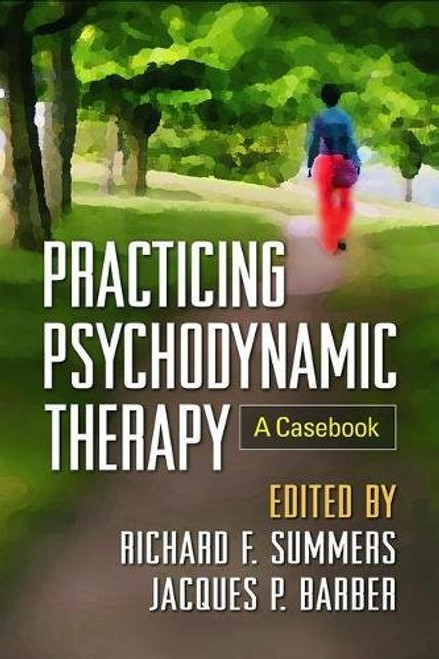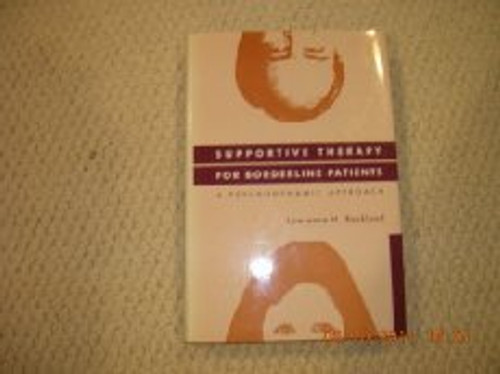Product Overview
How do our patients come to be the way they are?
What forces shape their conscious and unconscious thoughts and feelings?
How can we use this information to best help them?
Constructing psychodynamic formulations is one of the best ways for mental health professionals to answer questions like these. It can help clinicians in all mental health setting understand their patients, set treatment goals, choose therapeutic strategies, construct meaningful interventions and conduct treatment.
Despite the centrality of psychodynamic formulation to our work with patients, few students are taught how to construct them in a clear systematic way. This book offers students and practitioners from all fields of mental health a clear, practical, operationalized method for constructing psychodynamic formulations, with an emphasis on the following steps:
- DESCRIBING problems and patterns
- REVIEWING the developmental history
- LINKING problems and patterns to history using organizing ideas about development.
The unique, up-to-date perspective of this book integrates psychodynamic theories with ideas about the role of genetics, trauma, and early cognitive and emotional difficulties on development to help clinicians develop effective formulations.
Psychodynamic Formulation is written in the same clear, concise style of Psychodynamic Psychotherapy: A Clinical Manual (Wiley 2011). It is reader friendly, full of useful examples, eminently practical, suitable for either classroom or individual use, and applicable for all mental health professionals. It can stand alone or be used as a companion volume to the Clinical Manual.








